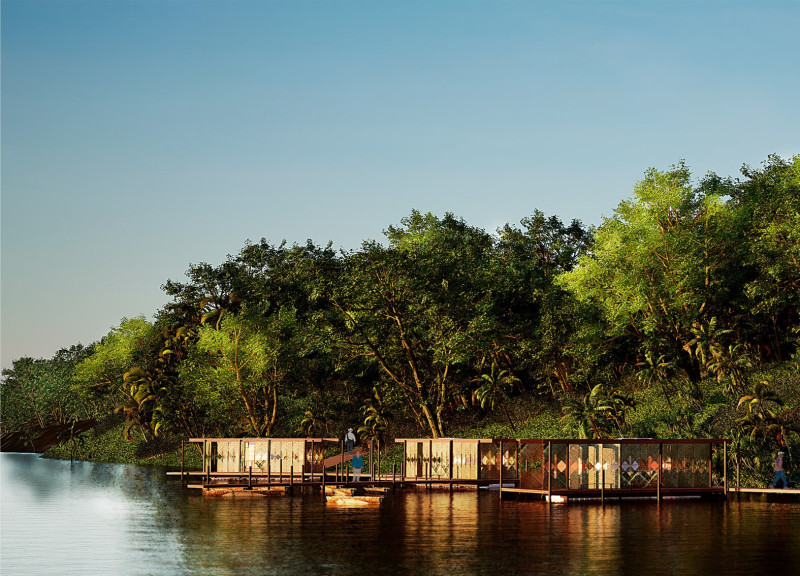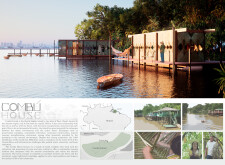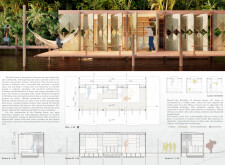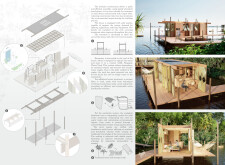5 key facts about this project
**Project Overview:**
The architectural design is situated in [Insert Geographical Location] and aims to address both environmental sustainability and community needs within its context. By employing modern design principles, the project explores innovative methodologies that engage with ecological concerns while also reflecting the social dynamics of the surrounding area.
**Spatial Strategy and User Interaction:**
The design prioritizes an open spatial strategy that fosters interaction and connectivity among occupants. This is achieved through the integration of communal spaces that are conducive to social engagement, such as shared gardens and outdoor terraces. Floor plans are organized to ensure a fluid transition between indoor and outdoor areas, enhancing the user experience and encouraging a connection to nature.
**Material and Sustainability Approach:**
Material selection plays a pivotal role in achieving the project's sustainability goals. It incorporates high-quality, eco-friendly materials, including:
1. **Reinforced Concrete** - used for structural integrity.
2. **Low-E Glass** - selected for windows and facades to enhance energy performance and optimize natural light accessibility.
3. **FSC-Certified Timber** - implemented in cladding and interiors, providing warmth and contributing to aesthetic balance.
4. **Galvanized Steel** - utilized for structural support, ensuring resilience.
5. **Locally Sourced Stone** - featured in landscaping and as accent elements, serving to anchor the building within its local context.
6. **Green Roof Systems** - integrated to manage rainwater sustainably and support local biodiversity.
The project's commitment to sustainability is further reflected in features such as rainwater harvesting systems, solar panels, and energy-efficient HVAC technologies, which collectively aim to reduce the ecological footprint and promote resource efficiency throughout its lifecycle.






















































